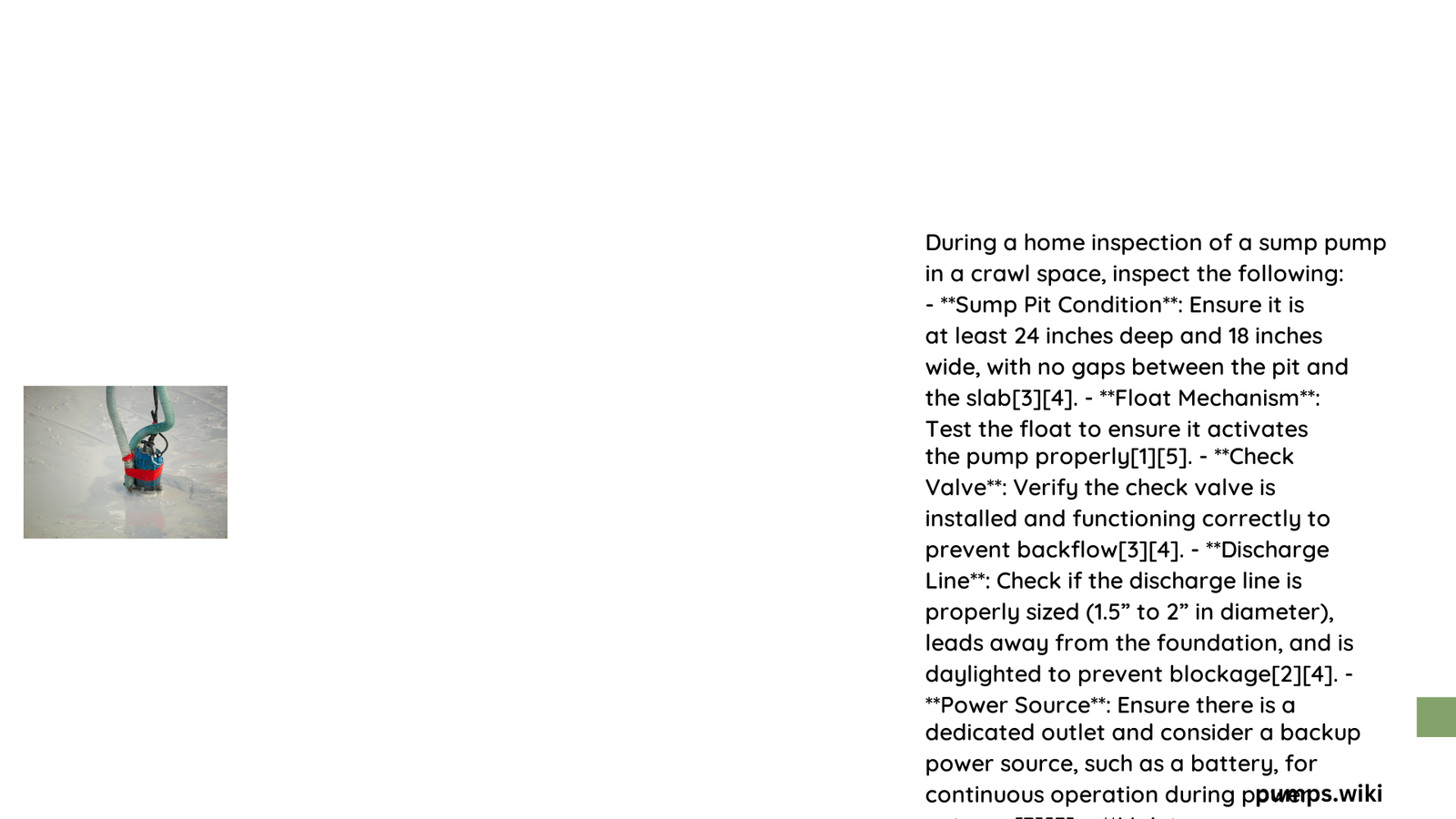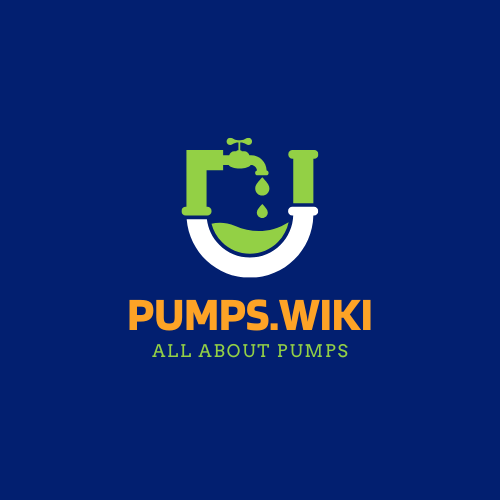Home inspections reveal critical moisture management challenges in crawl spaces, where sump pumps play a pivotal role in protecting structural integrity. Homeowners and inspectors must understand the complex dynamics of water management, drainage systems, and potential risks associated with inadequate moisture control. A well-designed sump pump system can prevent water damage, mold growth, and foundation deterioration by efficiently redirecting groundwater away from critical home infrastructure.
What Are the Critical Home Inspection Requirements for Sump Pumps in Crawl Spaces?
Why Does Sump Pump Location Matter?
Proper sump pump placement is crucial for effective water management. Key considerations include:
- Lowest Point Selection: Install the pump at the crawl space’s lowest point
- Proximity to Electrical Outlet: Ensure easy power connection
- Wall Accessibility: Facilitate exterior discharge pipe routing
How Deep Should the Sump Basin Be?
| Basin Depth | Recommended Range | Purpose |
|---|---|---|
| Minimum Depth | 2 feet | Complete basin encirclement |
| Maximum Depth | 3 feet | Optimal water collection |
| Recommended Diameter | 18-24 inches | Efficient water management |
What Discharge Pipe Specifications Ensure Proper Functionality?
Critical discharge pipe requirements include:
- Use PVC piping with check valve
- Direct water at least 10 feet from foundation
- Ensure proper sealing around wall penetration
- Slope pipe for gravity-assisted drainage
How Can Homeowners Prevent Sump Pump Failures?
Electrical Safety Protocols
- Connect to GFCI outlet
- Verify secure float switch operation
- Implement battery backup system
Maintenance Checklist
- Inspect every 3-6 months
- Clean sump basin regularly
- Test float switch functionality
- Check discharge pipe for obstructions
What Factors Influence Sump Pump Performance?

How Do Soil and Groundwater Impact Pump Effectiveness?
Soil characteristics significantly determine sump pump requirements:
- Clay soils: Slower drainage, higher water retention
- Sandy soils: Faster drainage, lower water accumulation
- Groundwater table: Determines pump power needs
What Are Common Crawl Space Drainage Challenges?
Potential issues include:
– Inadequate perimeter drainage
– Insufficient pump capacity
– Poor pipe routing
– Electrical connection problems
What Professional Recommendations Exist for Sump Pump Installation?
Cost Considerations
- Average installation: $1,500 – $3,000
- Factors affecting price:
- Crawl space accessibility
- Drainage system complexity
- Pump horsepower requirements
Professional Evaluation Criteria
- Water volume management
- Discharge rate
- Electrical safety
- Long-term moisture control
Technical Specifications for Optimal Performance
Recommended Pump Characteristics
- Horsepower: ¼ to 1 HP
- Flow rate: 30-50 gallons per minute
- Vertical lift: 10-25 feet
- Solids handling capability
Conclusion
Effective home inspection of sump pump crawl space systems requires comprehensive understanding of moisture management principles, technical specifications, and proactive maintenance strategies.
